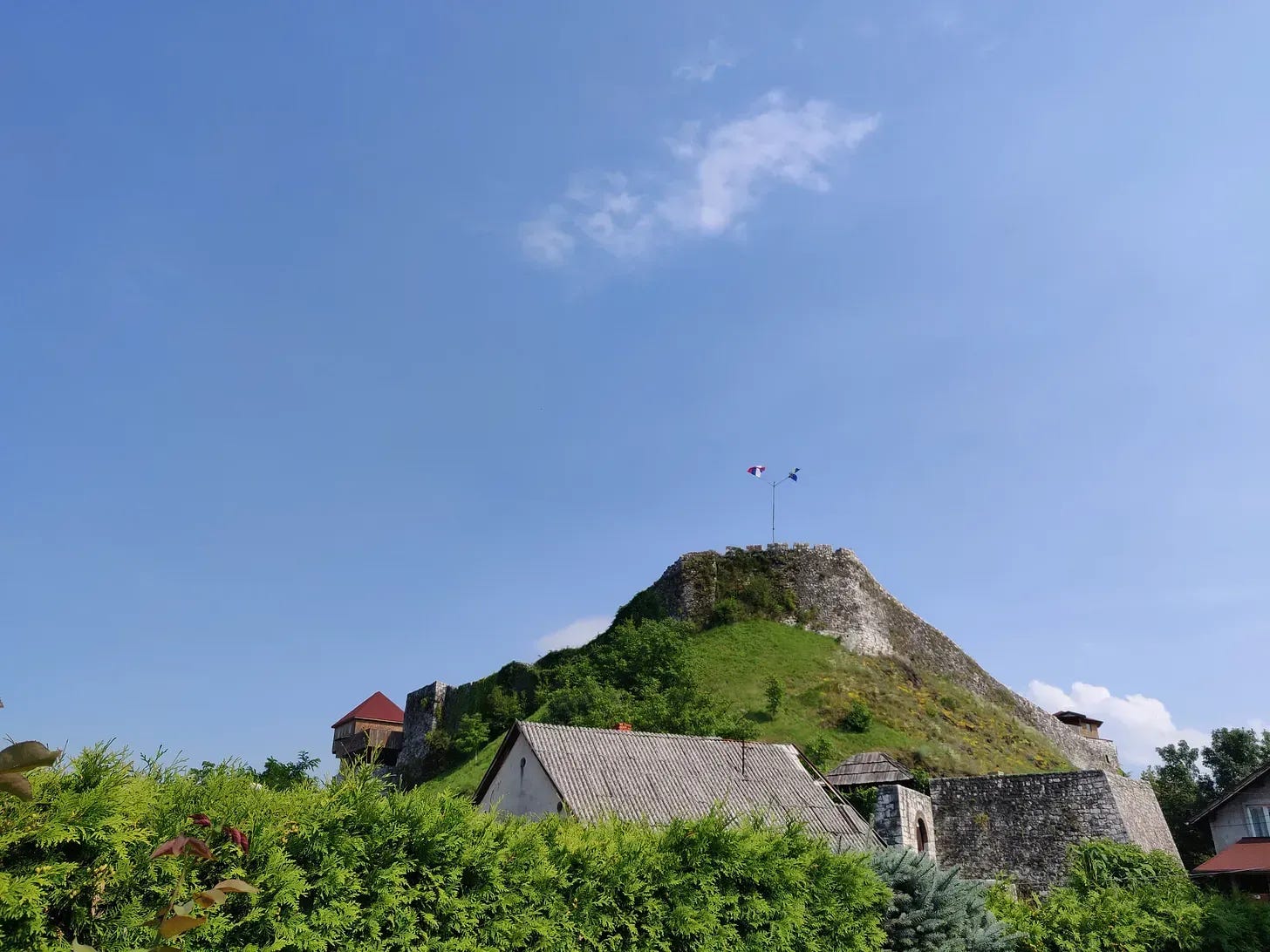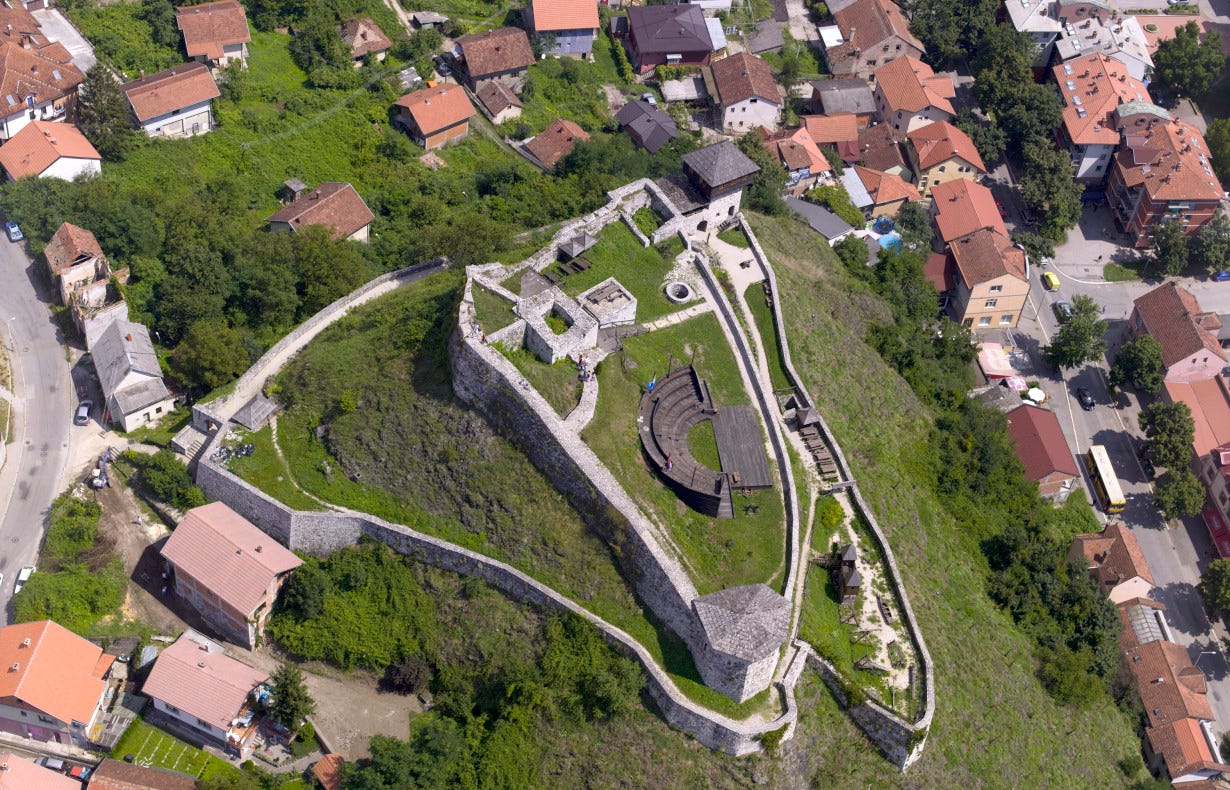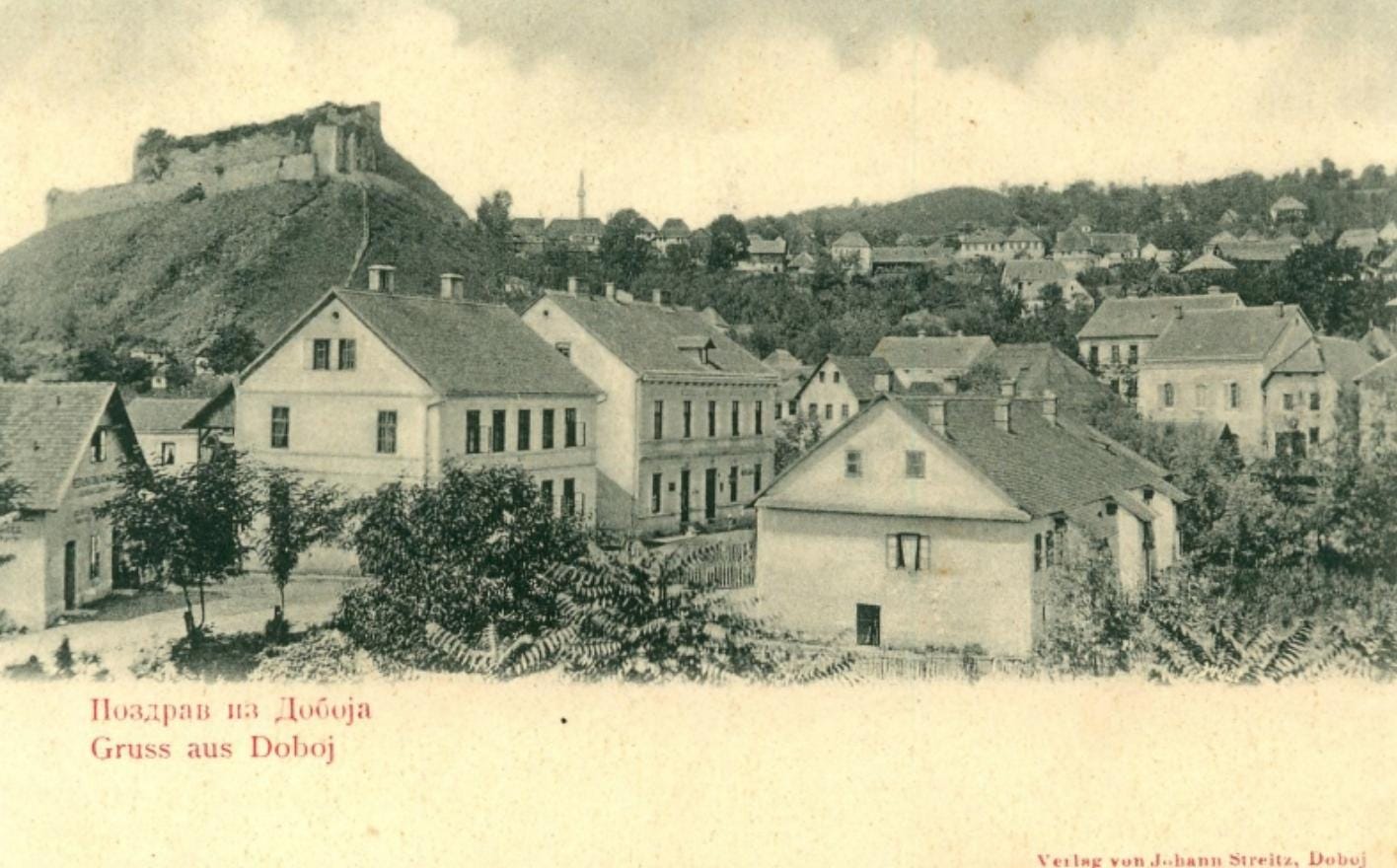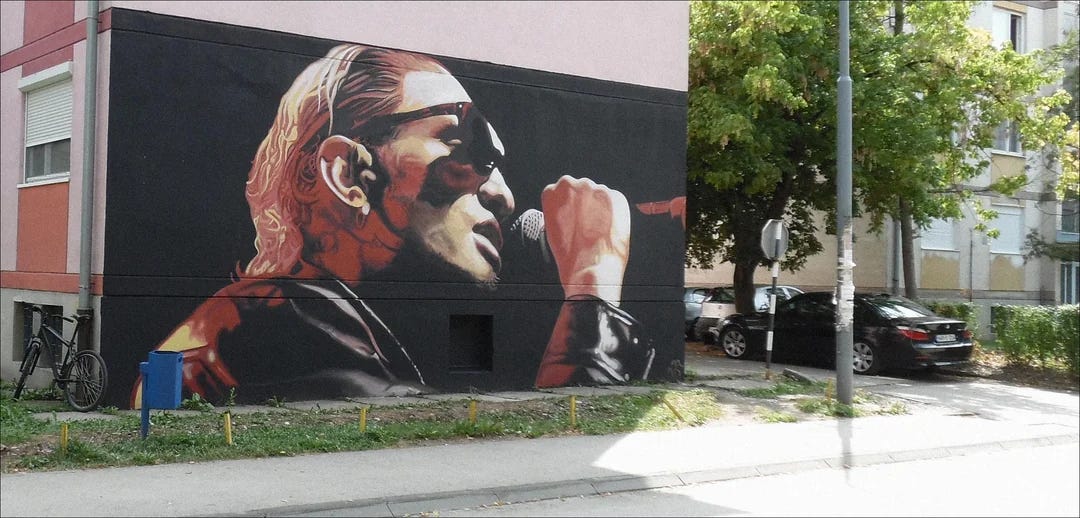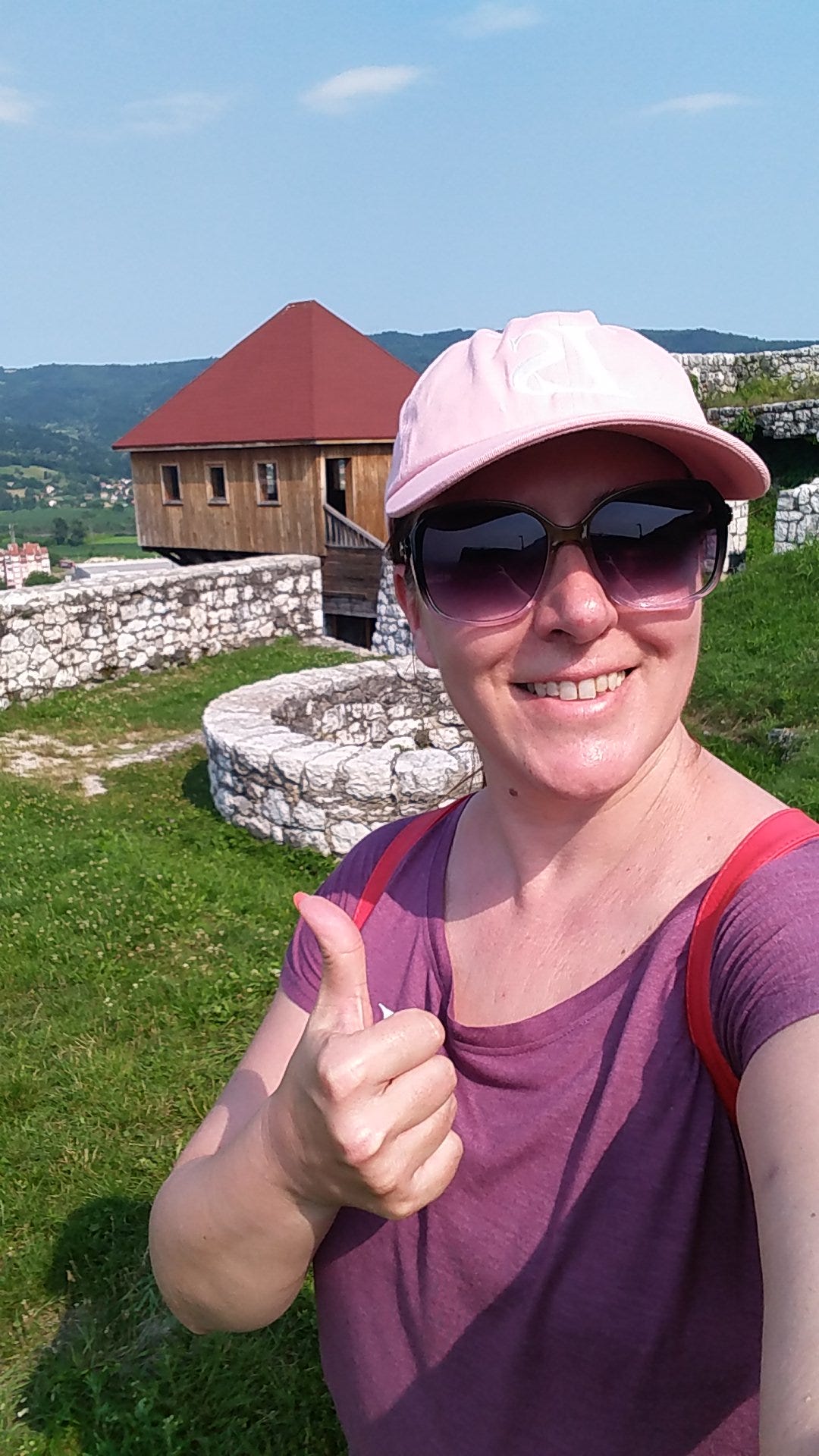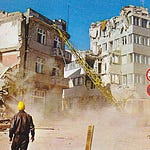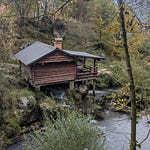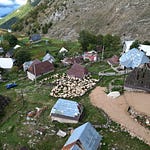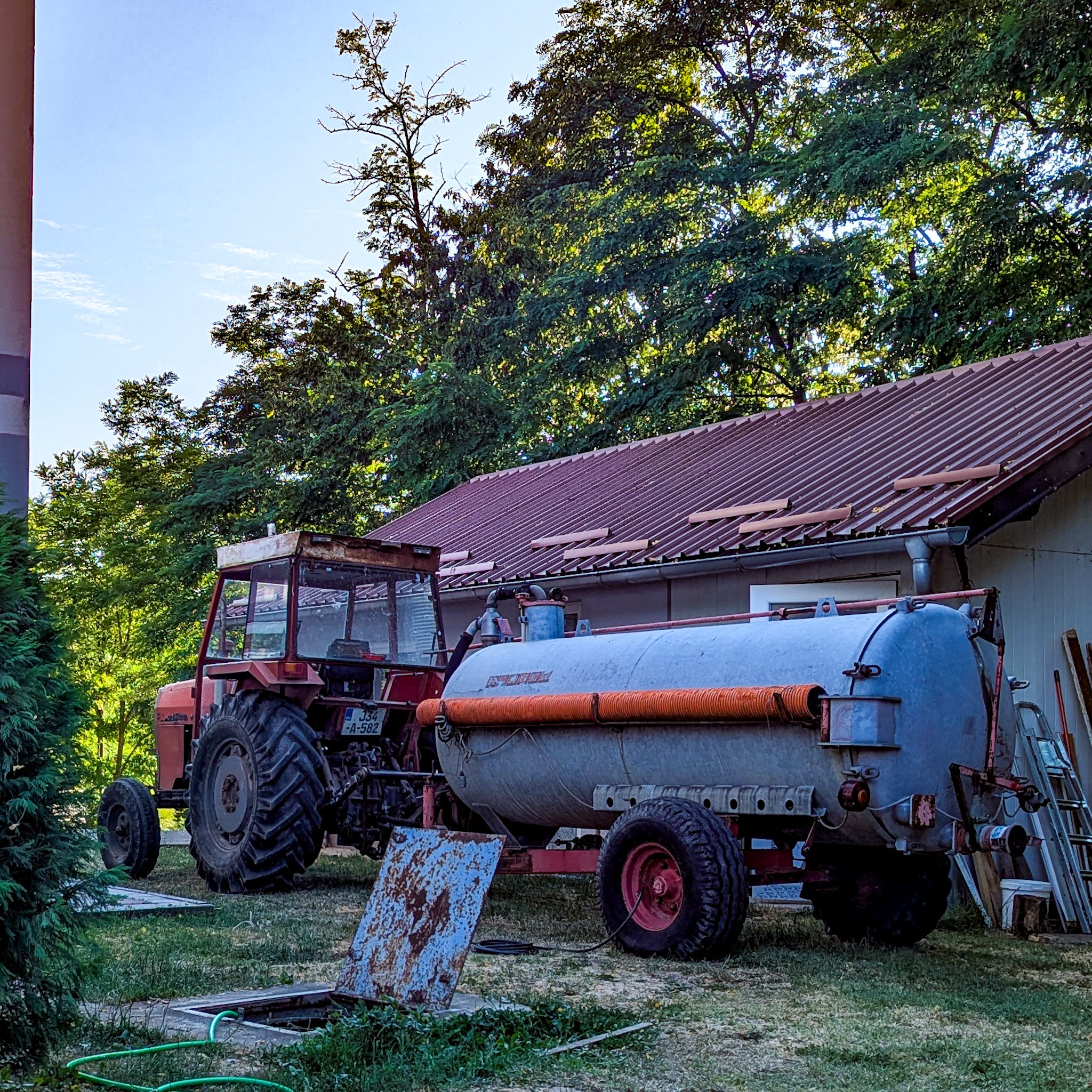This email is too long to read direct from your inbox. If you click on "View entire message" or “Read in App”, you'll be able to view the entire post in your email app.
Hello I’m David, and Coffee and Rakija is a Digital Magazine about my life and experiences in a rural village in North-West Bosnia and Herzegovina. I’ll be giving you a unique look, through the eyes of an immigrant (me), of this much misunderstood country. My goal is to replace the many negative perceptions of both the country and its people, that you’ll be served by international media outlets. Thank you so much for dropping by.
Discovering the History of Doboj Fortress
Nestled on a hill overlooking the town of Doboj in northern Bosnia and Herzegovina, the Doboj Fortress stands as a proud testament to the country’s rich and complex history. With its origins dating back to the medieval period, this historic landmark has withstood the test of time, serving as a strategic military outpost, a cultural symbol, and now a fascinating tourist destination.
A Glimpse into the Past
The Doboj Fortress, locally known as “Gradina,” was first mentioned in historical records in 1415, though some believe it may have been established earlier, during the 13th century. The fortress was strategically built atop a hill, providing commanding views of the surrounding area, including the valleys of the Bosna River and the nearby trade routes. Its strategic location made it a crucial defensive structure, particularly during the numerous conflicts and power struggles that shaped the region throughout the centuries.
During the medieval period, Bosnia was caught between the influence of the Kingdom of Hungary to the north and the expanding Ottoman Empire from the east. The fortress served as a vital stronghold for local Bosnian rulers, acting as both a military base and a symbol of the region’s autonomy.
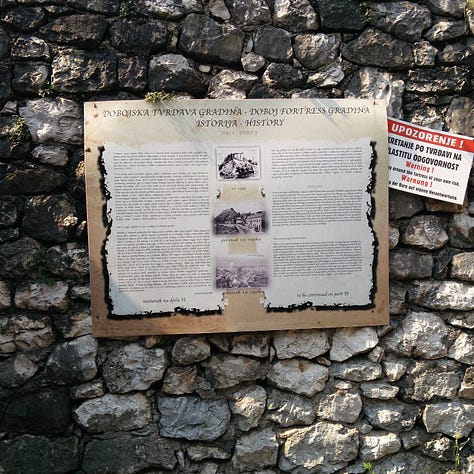
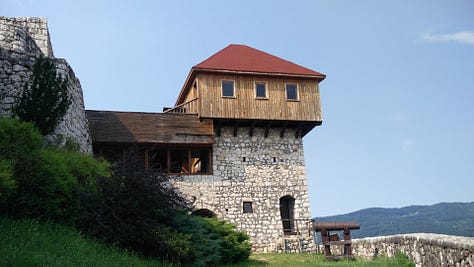
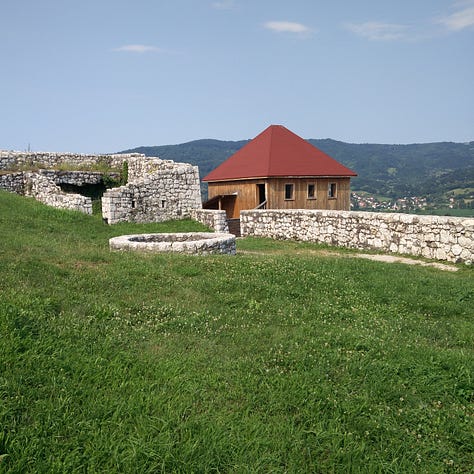
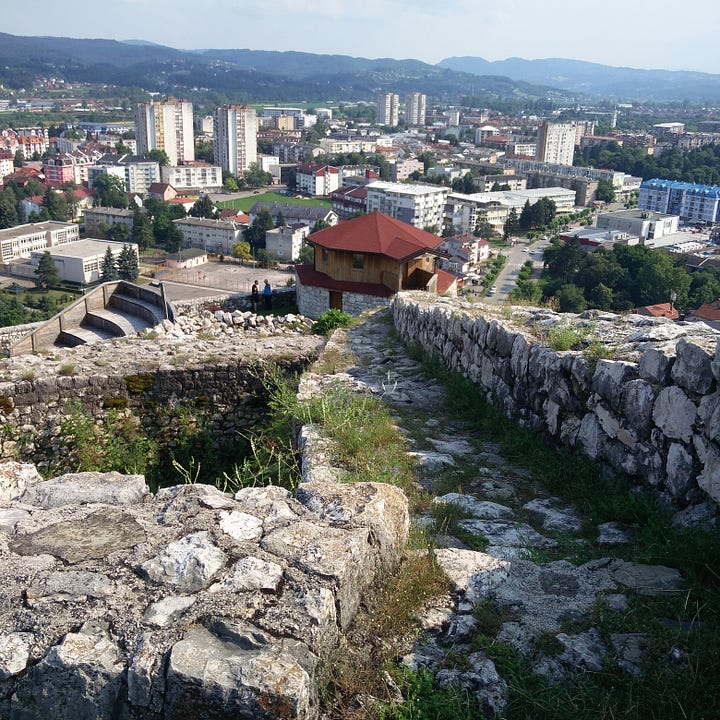
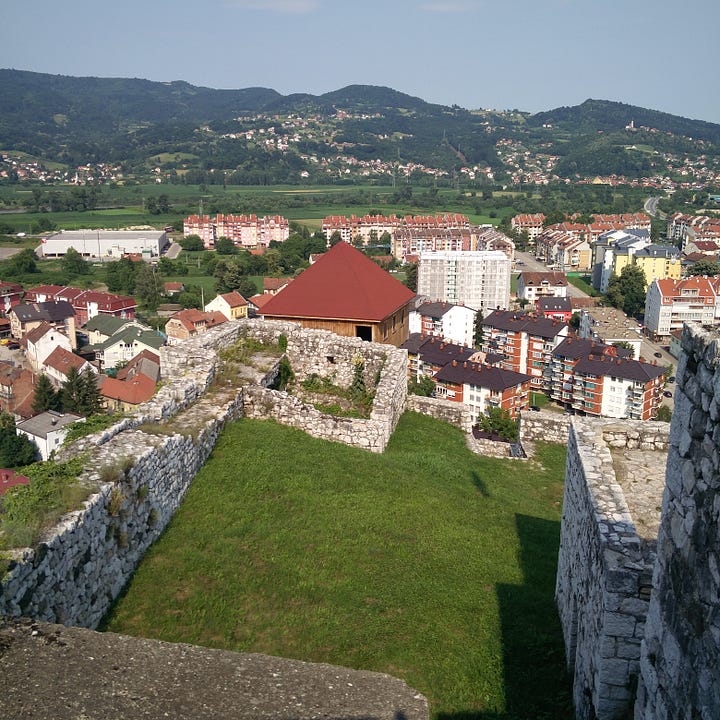
The Ottoman Influence
In the 15th century, as the Ottoman Empire expanded into the Balkans, Doboj Fortress came under their control. Under Ottoman rule, the fortress was reinforced and adapted to meet the needs of the empire’s military strategies. The Ottomans transformed the fortress into a key military outpost, helping to maintain control over the surrounding lands and trade routes. It also became a center of administration for the region, with local governance and military activities being managed from its walls.
The Ottomans retained control of the Doboj Fortress for centuries, leaving an indelible mark on its architecture and the local culture. Even today, visitors can see traces of Ottoman influence in the structure’s design, blending medieval European and Islamic architectural elements.
The Austro-Hungarian Era and Beyond
In the late 19th century, the Austro-Hungarian Empire annexed Bosnia and Herzegovina, ending over 400 years of Ottoman rule. The Austro-Hungarians further developed Doboj, but the fortress gradually lost its strategic military importance. Instead, it became a place of historical significance and a reminder of the region’s layered past.
During the 20th century, the fortress endured the turmoil of both World Wars and the conflicts that followed the breakup of Yugoslavia in the 1990s. Despite the challenges, the fortress has remained an enduring symbol of Doboj’s resilience and a witness to the transformations that have shaped Bosnia and Herzegovina over the centuries.
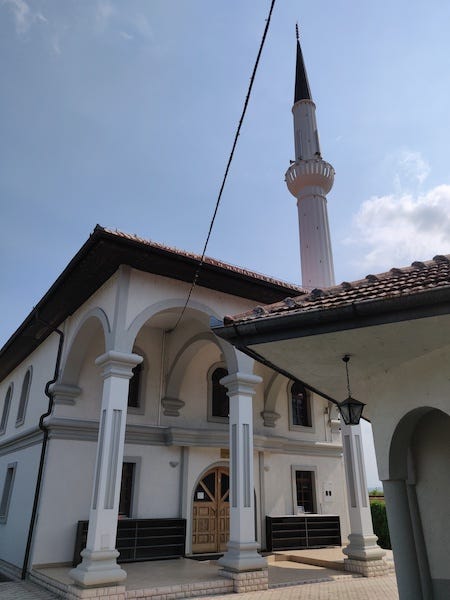
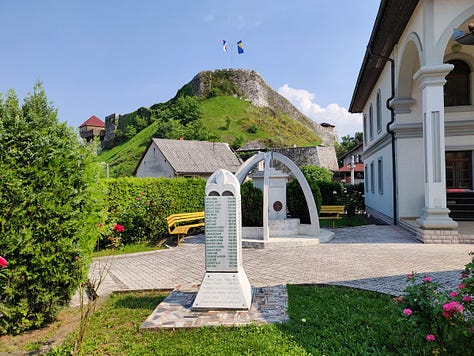
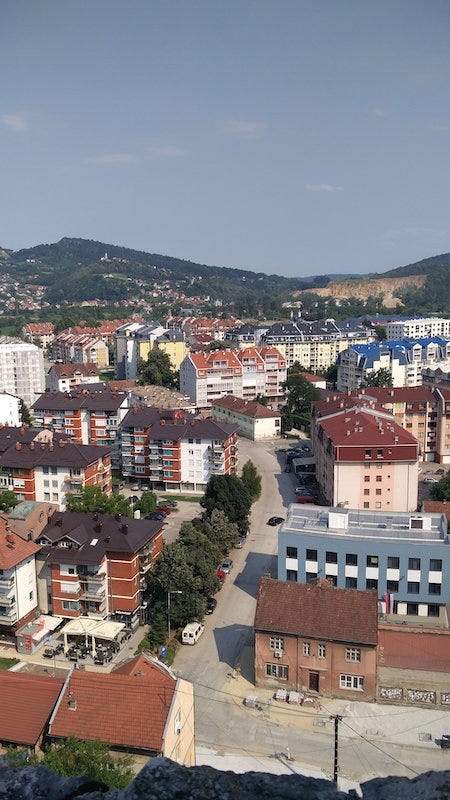
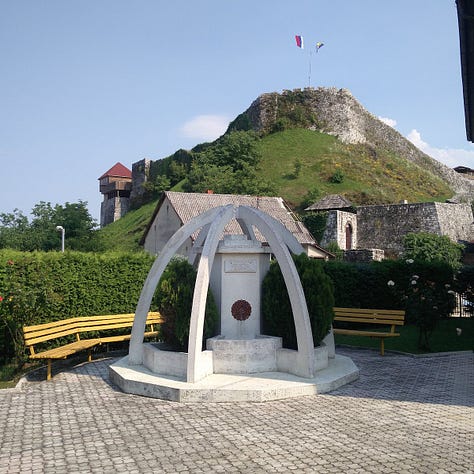
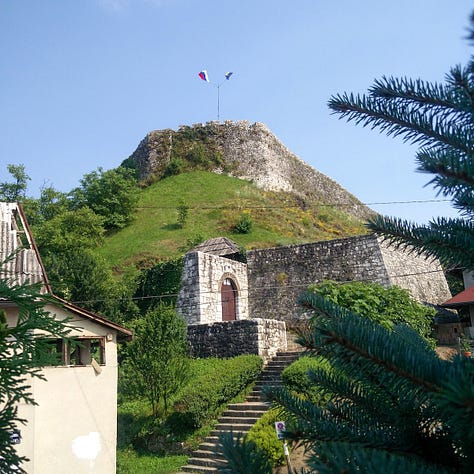
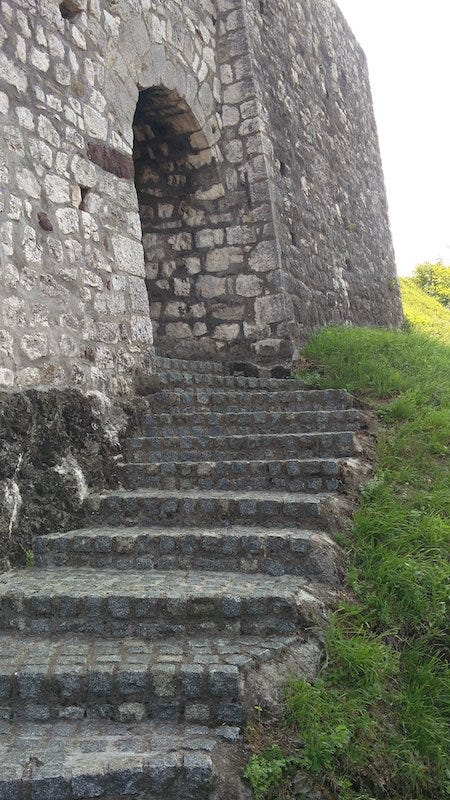
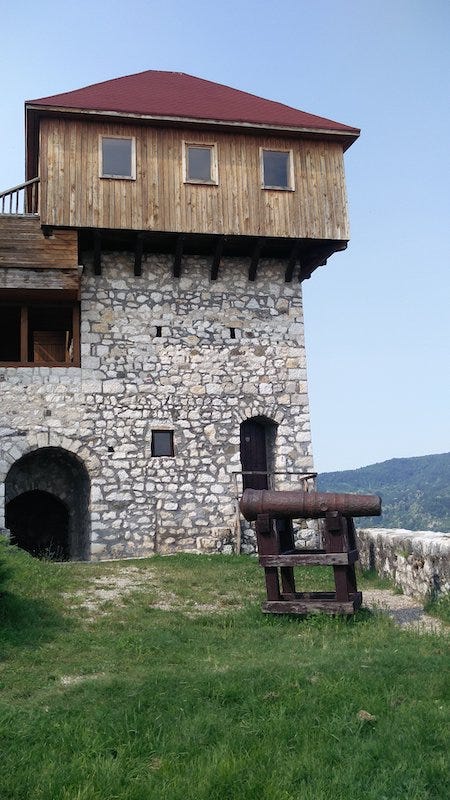
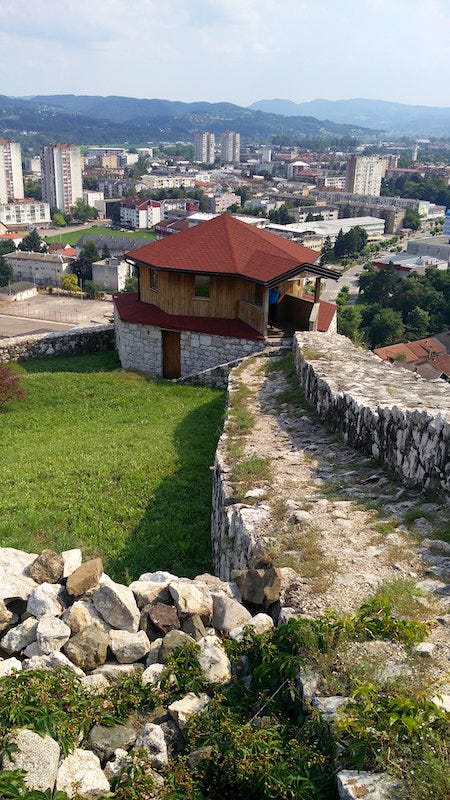
Visiting Doboj Fortress Today
Today, the fortress is a popular destination for visitors looking to explore Bosnia and Herzegovina’s cultural and historical heritage. The journey up to the fortress is itself an experience, offering panoramic views of Doboj and the surrounding landscape. The stone walls, towers, and courtyards have been partially restored, allowing visitors to imagine what life might have been like within its fortifications during medieval times.
The view from the fortress is particularly stunning at sunset, with the Bosna River winding through the valley below and the town of Doboj spreading out beneath the hills. It’s a peaceful place that invites reflection on the centuries of history that have unfolded within sight of its walls.
A Cultural Hub in Doboj
Beyond its historical appeal, Doboj Fortress is also a cultural venue, hosting various events and festivals throughout the year. These include medieval reenactments, music performances, and art exhibitions, breathing new life into the ancient structure and connecting modern-day visitors with the region’s storied past
For those interested in history, architecture, or simply the beauty of Bosnia’s landscapes, Doboj Fortress is a must-visit. It serves as a reminder of the rich tapestry of cultures, empires, and peoples that have shaped this part of the Balkans. A visit here isn’t just about exploring ancient ruins; it’s about experiencing the stories and heritage that make Bosnia and Herzegovina such a unique and captivating destination.
Plan Your Visit
If you’re planning a trip to Doboj, visiting the fortress is easy to include in your itinerary. It’s a short drive or walk from the town centre, and local guides are available to offer insights into the fortress’s history. While in Doboj, you can also explore other local attractions, such as the National Library and the Bosna River promenade, making your visit a blend of history, culture, and nature.
Come and Visit Us in Bosnia and Herzegovina
📈 The Survey 📊
I have a short survey designed to improve my Substack. It would be super helpful if you could find under 5 minutes to complete it. Thanks so much in advance.
And Finally
Don’t forget that you can read back editions of the newsletter, listen to previous podcasts (we have quite an archive now), or catch other content, all this is available on the web interface, just like a regular blog.
Oh, and please share the newsletter with friends, relatives and colleagues using the button below.
Tamara and I appreciate your faithful readership, your comments, and your generosity!
Until our next post.
THANKS SO MUCH ❤️
As ever stay safe wherever you are.
Bests
David and Tamara.
If you can’t subscribe to Coffee and Rakija, for whatever reason, and really would like access to all my content, please drop me a message.



